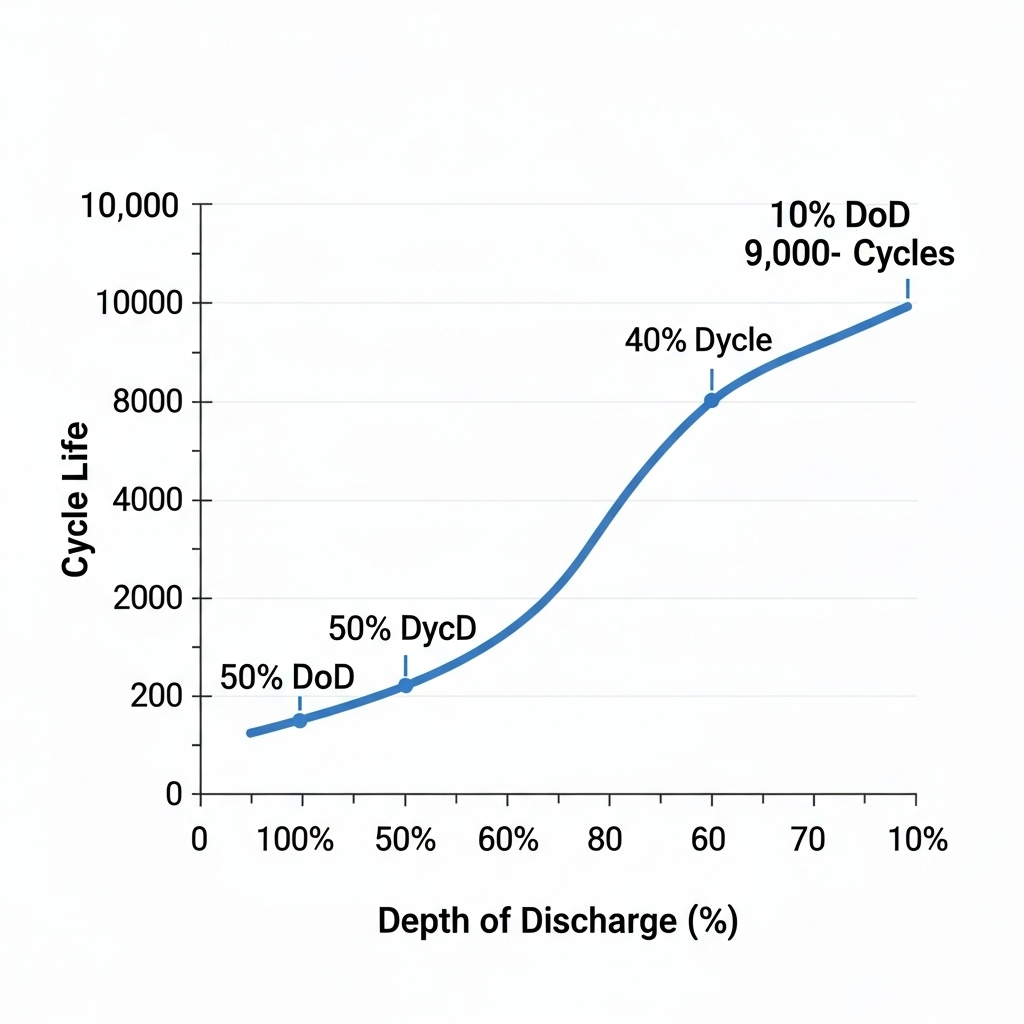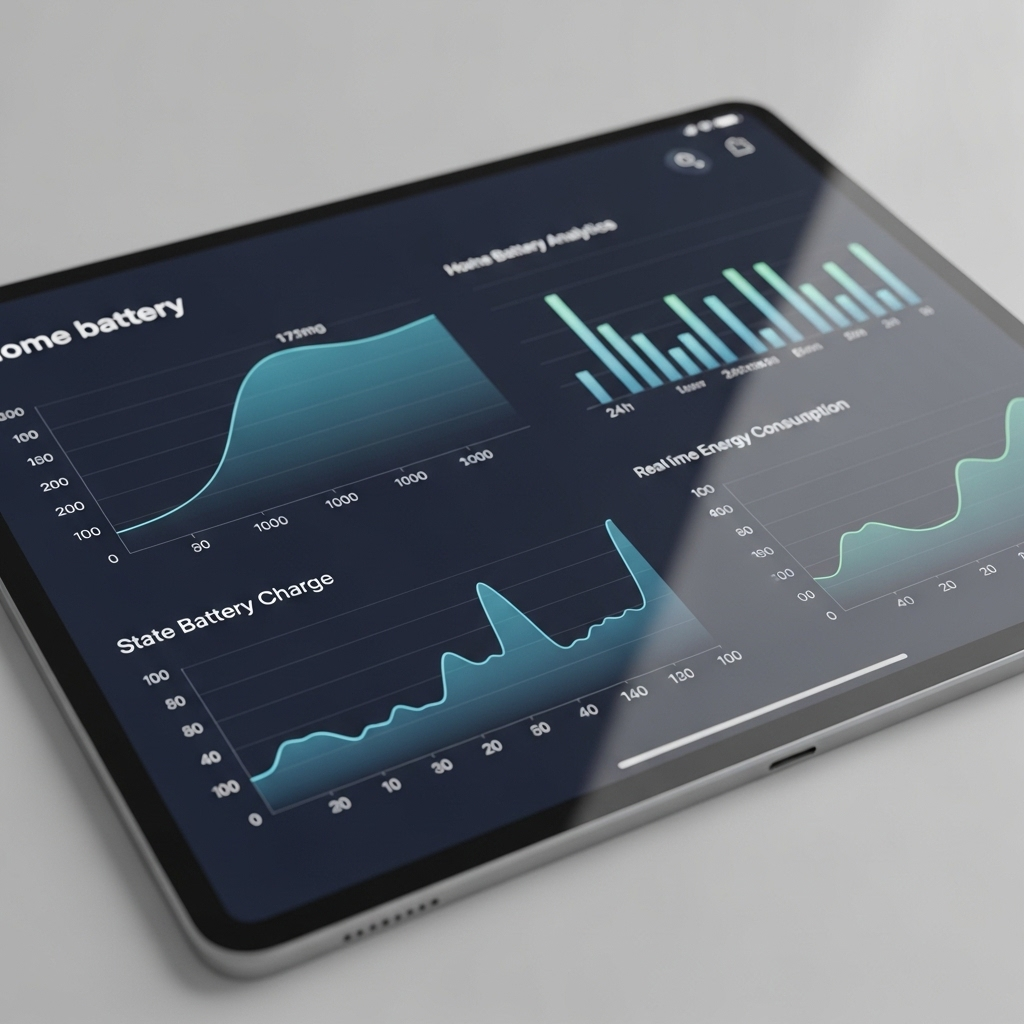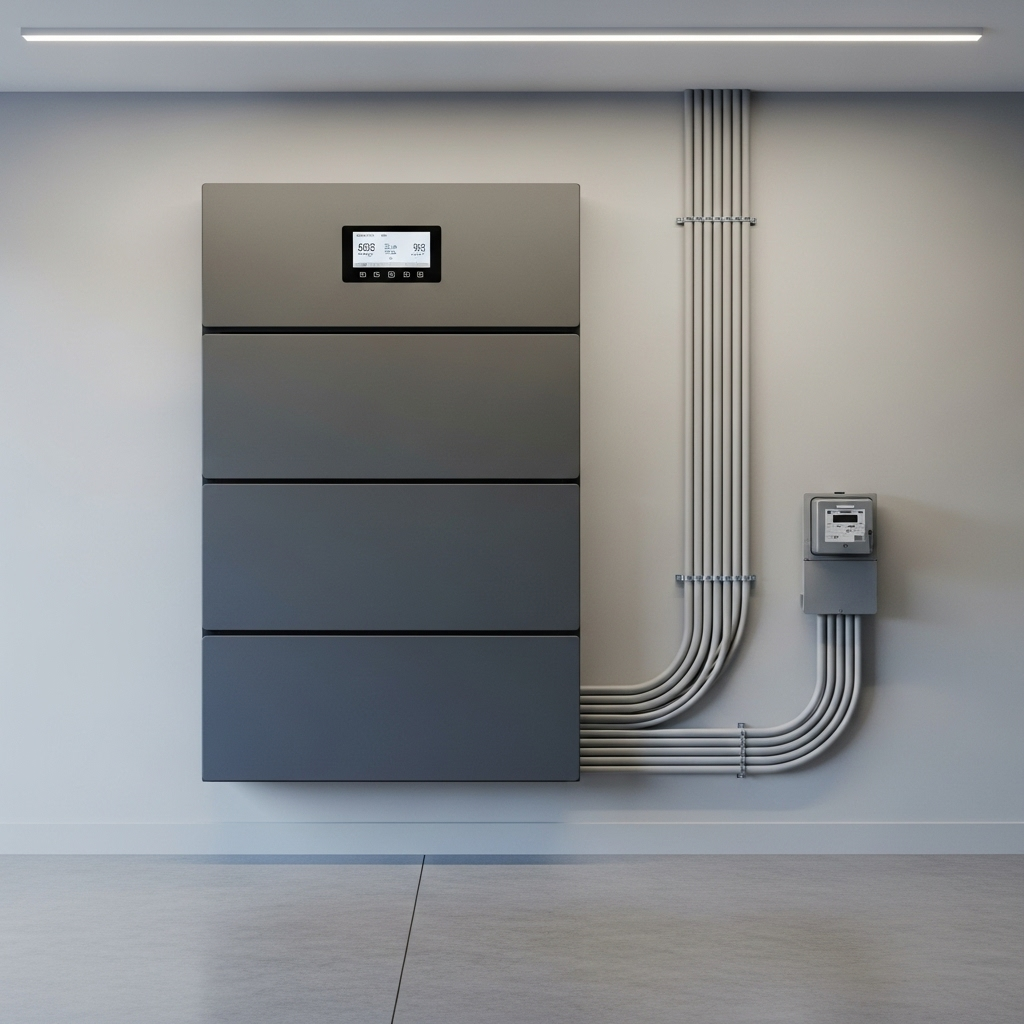An Energy Storage System (ESS) is a significant investment in your energy independence. To get the most value from it, extending its operational life is paramount. Three critical factors directly influence how long your battery will perform optimally: State of Charge (SoC), Depth of Discharge (DoD), and operating temperature. Mastering these elements is the key to ESS lifespan maximization and ensuring your system delivers reliable power for years to come.
Understanding the Core Trio: SoC, DoD, and Temperature
Battery degradation is a natural process, but its speed is not fixed. How you operate your system plays the most significant role. According to a report on smart charging by the International Renewable Energy Agency (IRENA), battery degradation is affected mainly by the discharge current, the depth of discharge and the temperature of operation. Let's break down these core concepts.
State of Charge (SoC): More Than Just a Fuel Gauge
State of Charge simply refers to the current charge level of your battery, expressed as a percentage. Think of it like the fuel gauge in a car. Operating at the extreme ends of this gauge—either 100% full or 0% empty—puts significant stress on the battery's internal chemistry. Consistently holding a lithium battery at a high SoC can accelerate capacity loss, while deep discharges below 20% can also cause strain.
Depth of Discharge (DoD): How Deep is Too Deep?
Depth of Discharge is the inverse of SoC. If your battery has a 20% SoC, it has been discharged by 80%, meaning its DoD is 80%. There is a direct and crucial relationship between DoD and the total number of cycles a battery can provide. Shallower discharges lead to a much longer cycle life. Consistently using a high DoD will reduce the total number of charge-discharge cycles your battery can deliver.
Temperature: The Silent Factor in Battery Health
Temperature is a powerful, often overlooked, agent in battery degradation. High temperatures accelerate the chemical reactions inside the battery, which speeds up aging and reduces service life. Conversely, charging a battery in freezing temperatures can cause irreversible damage, such as lithium plating, which permanently reduces capacity. Maintaining a stable, moderate temperature is essential for both performance and longevity.
Finding the Sweet Spot for State of Charge (SoC)
Instead of pushing your battery to its limits, operating it within a conservative 'SoC window' is a proven strategy for ESS lifespan maximization. This approach minimizes stress and can significantly extend the battery's useful life.
The Ideal SoC Window for Daily Use
For daily cycling, many experts recommend maintaining an SoC window between 20% and 80%. This practice avoids the chemical stress associated with very high and very low charge levels. Research has shown that even in demanding applications, keeping the SoC within a moderate range limits degradation. For instance, the IRENA Innovation Outlook on Smart charging notes that with vehicle-to-grid systems, battery degradation is limited if the battery stays within a state of charge of around 60-80%.
Calibrating Your System for Optimal SoC
Most modern hybrid inverters and Battery Management Systems (BMS) allow you to set upper and lower SoC limits. By configuring your system to stop charging at 80% or 90% and stop discharging at 20%, you automate this protective measure. This simple adjustment in your settings is one of the most effective actions you can take to protect your investment.
Strategic Depth of Discharge (DoD) for Longevity
Managing your battery’s DoD is a powerful lever for controlling its lifespan. While a battery may be rated for a high DoD, using shallower cycles in daily operation will yield far more total energy throughput over its lifetime.
The Impact of Shallow vs. Deep Cycles
The trade-off between DoD and cycle life is dramatic. A battery consistently cycled at a high DoD will last for fewer cycles than one that is subjected to shallower discharges. This relationship is often exponential. By reducing the daily DoD, you can multiply the number of cycles your battery will provide.
| Depth of Discharge (DoD) | Estimated Cycle Life (LiFePO4) |
|---|---|
| 100% | ~2,500+ cycles |
| 80% | ~4,000+ cycles |
| 50% | ~7,000+ cycles |
| 30% | ~12,000+ cycles |
Note: These are generalized estimates. Actual cycle life can vary based on temperature, C-rate, and specific battery chemistry.
Balancing Usable Capacity and Lifespan
The key is to find a balance that meets your energy needs without excessively degrading the battery. For many homeowners, a daily DoD of 50-60% provides ample energy while placing the battery in an excellent position for a very long life. Slightly oversizing the battery bank can make it easier to implement shallow cycling without ever feeling short on power.
Managing Temperature for Peak Performance and Safety
Controlling the thermal environment of your ESS is just as important as managing its charge cycles. Both extreme heat and cold are detrimental to battery health, affecting everything from capacity to safety.
The Optimal Operating Temperature Range
Most LiFePO4 batteries perform best in a temperature range similar to what humans find comfortable: between 15°C and 25°C (59°F and 77°F). While the safe operating range is wider, typically -20°C to 60°C for discharging, performance and longevity are maximized within that narrower, ideal window. High temperatures significantly accelerate battery aging, with some estimates suggesting that for every 10°C increase above 25°C, the battery's service life can be cut in half.
Practical Strategies for Temperature Control
Effective temperature management is a core part of a well-designed system.
- Ventilation: Ensure your indoor ESS installation has adequate airflow to dissipate heat generated during charging and discharging.
- Insulation: For installations in garages or sheds that experience temperature swings, consider an insulated battery enclosure to buffer against extremes.
- Location: Avoid installing your ESS in direct sunlight or in spaces that get excessively hot or cold.
A Holistic Approach to ESS Lifespan Maximization
SoC, DoD, and temperature are not independent variables; they are interconnected factors that collectively determine your battery's health. A high DoD on a very hot day is far more damaging than the same DoD in a climate-controlled room. Likewise, leaving a battery at 100% SoC in high heat is a recipe for accelerated degradation. A comprehensive strategy addresses all three. Understanding the complete picture of your system's operation is vital, as detailed in this ultimate reference on solar storage performance, which covers metrics that influence overall health.
Your Blueprint for a Longer-Lasting Battery
Protecting your energy storage investment comes down to intelligent management. By implementing a few key strategies, you can dramatically slow battery degradation and ensure your system's longevity. Operate your battery within a conservative SoC window, favor shallower discharge cycles for daily use, and maintain a stable, moderate operating temperature. These practices, enabled by a well-configured system, are the foundation of long-term energy security and independence.
Disclaimer: This information is for educational purposes only and does not constitute financial or investment advice. Consult with a qualified professional before making decisions about your energy system.
Frequently Asked Questions
Is it harmful to leave my ESS at 100% SoC for long periods?
Yes, holding a lithium-ion battery at a 100% state of charge for extended durations, particularly at elevated temperatures, accelerates a process called calendar aging. This leads to permanent capacity loss. It is better to set a maximum SoC limit of 80-90% if the battery is expected to remain fully charged for long periods.
How do I know the DoD of my battery?
Your system's monitoring software, typically accessed via your inverter's interface or a mobile app, will display the current State of Charge (SoC). The Depth of Discharge is simply 100% minus the SoC. You can control your maximum DoD by setting a minimum SoC level (e.g., a minimum SoC of 20% results in a maximum DoD of 80%).
What is more important for battery life: DoD or temperature?
Both are critically important and work together. As outlined in the Electricity Storage Valuation Framework, factors like DoD and operating life are key parameters in evaluating battery technologies. Extreme temperatures can cause rapid damage regardless of your DoD strategy. Similarly, aggressive deep discharge cycles will degrade the battery even in perfect temperatures. The best approach for ESS lifespan maximization is to manage both factors carefully.





Leave a comment
All comments are moderated before being published.
This site is protected by hCaptcha and the hCaptcha Privacy Policy and Terms of Service apply.